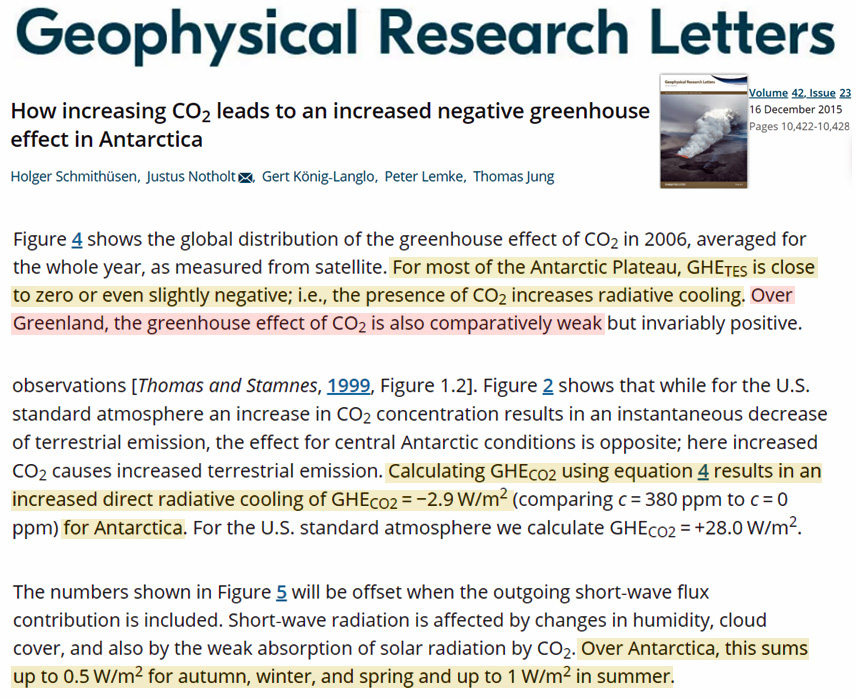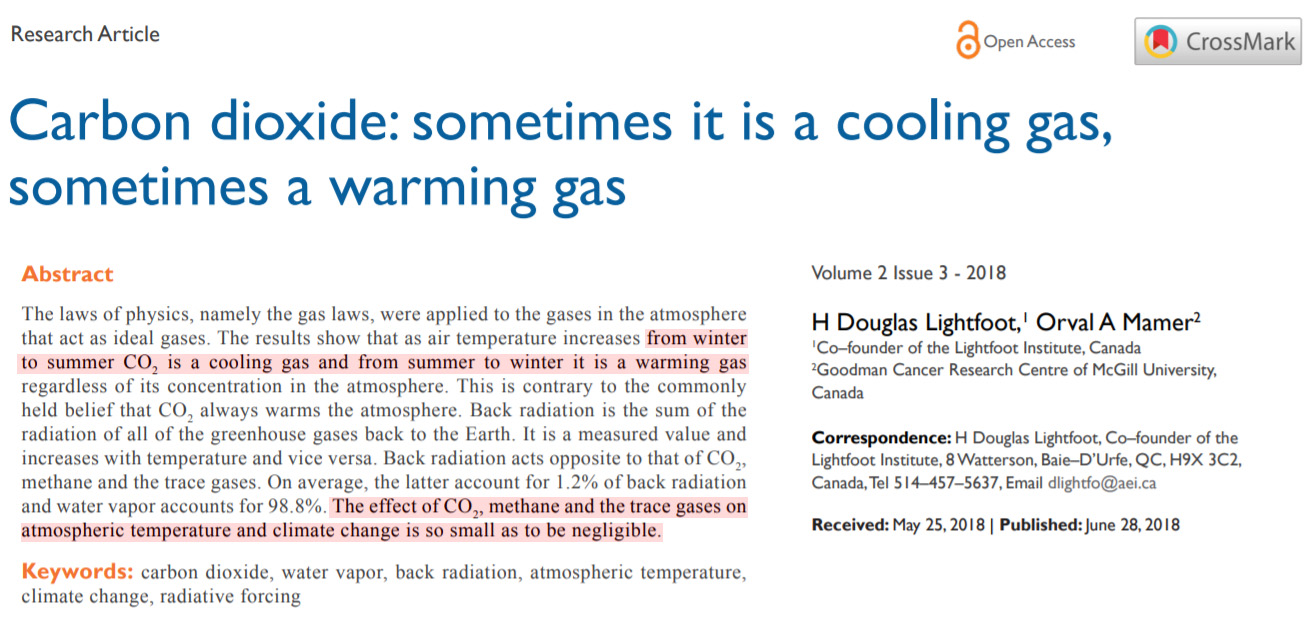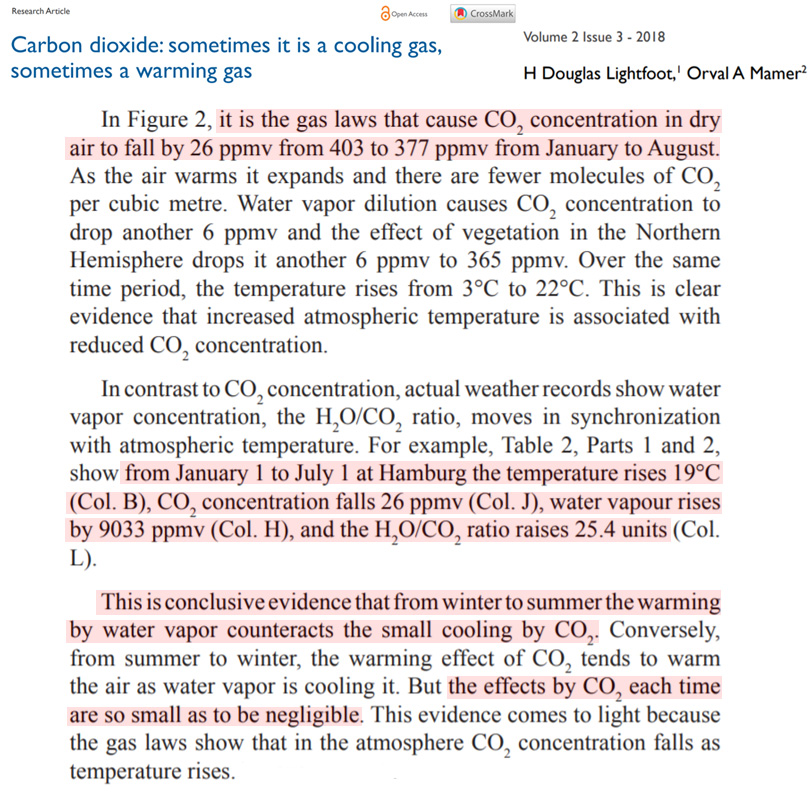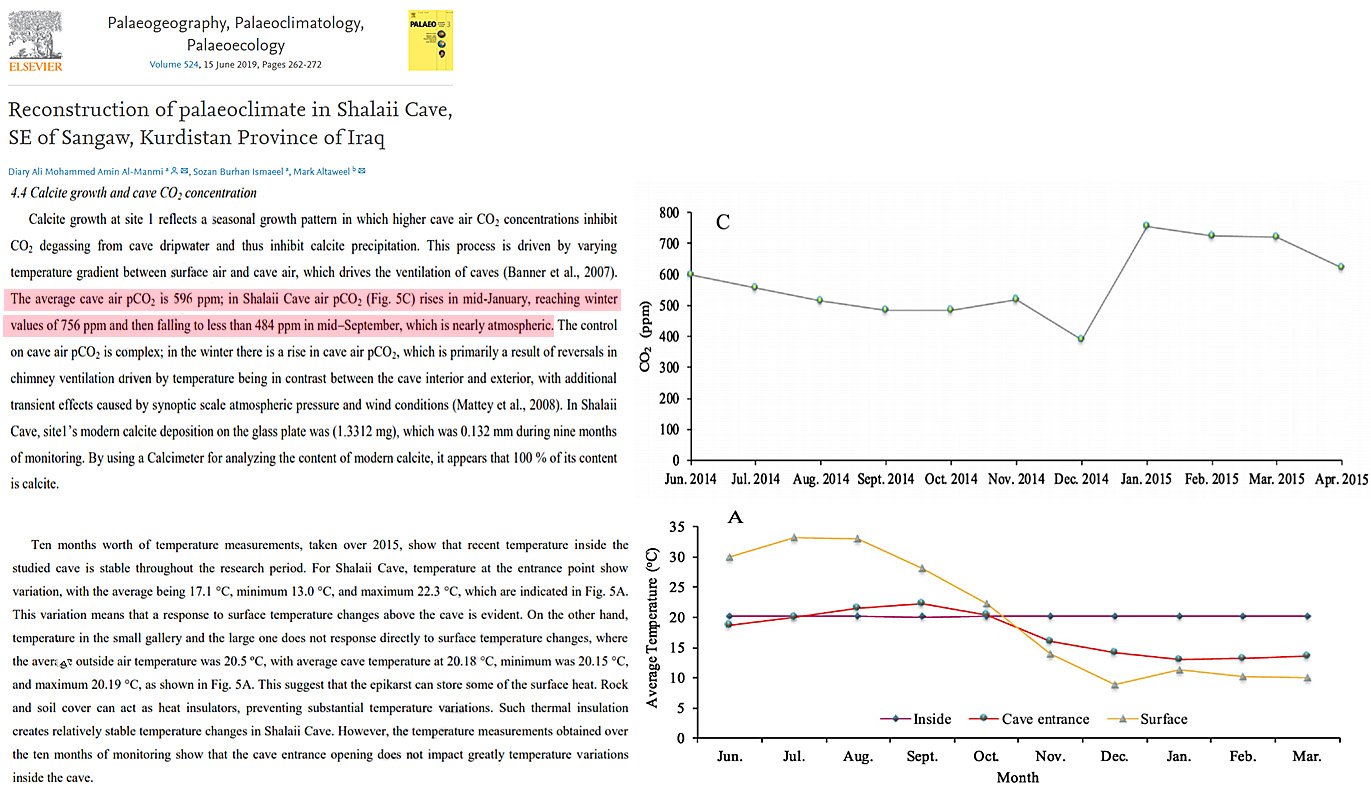- Joined
- Jan 28, 2013
- Messages
- 94,823
- Reaction score
- 28,342
- Location
- Williamsburg, Virginia
- Gender
- Male
- Political Leaning
- Independent
There is a new generation of climate models. They do not represent improvement.
New climate models – even more wrong
Posted on 05 Nov 19 by PAUL MATTHEWS • Leave a comment
The IPCC AR5 Report included this diagram, showing that climate models exaggerate recent warming: If you want to find it, it’s figure 11.25, also repeated in the Technical Summary as figure TS-14. The issue is also discussed in box TS3: “However, an analysis of the full suite of CMIP5 historical simulations (augmented for the period … Continue reading →
The IPCC AR5 Report included this diagram, showing that climate models exaggerate recent warming:

If you want to find it, it’s figure 11.25, also repeated in the Technical Summary as figure TS-14. The issue is also discussed in box TS3:
Now you might think that the new models would be better than the old ones. This is mathematical modelling 101: if a model doesn’t fit well with the data, you improve the model to make it fit better. But such elementary logic doesn’t apply in the field of climate science. . . .
Even alarmist climate scientist and BDS-sufferer James Annan is scoffing at the paper’s claims, suggesting that it should say “UKESM1 does a great job at everything other than its primary function”.
Are these Met Office climate muddlers really so self-deluding that they think it shows good agreement? Yet again, Feynman deserves the last words:

New climate models – even more wrong
Posted on 05 Nov 19 by PAUL MATTHEWS • Leave a comment
The IPCC AR5 Report included this diagram, showing that climate models exaggerate recent warming: If you want to find it, it’s figure 11.25, also repeated in the Technical Summary as figure TS-14. The issue is also discussed in box TS3: “However, an analysis of the full suite of CMIP5 historical simulations (augmented for the period … Continue reading →
The IPCC AR5 Report included this diagram, showing that climate models exaggerate recent warming:

If you want to find it, it’s figure 11.25, also repeated in the Technical Summary as figure TS-14. The issue is also discussed in box TS3:
“However, an analysis of the full suite of CMIP5 historical simulations (augmented for the period 2006–2012 by RCP4.5 simulations) reveals that 111 out of 114 realizations show a GMST trend over 1998–2012 that is higher than the entire HadCRUT4 trend ensemble (Box TS.3, Figure 1a; CMIP5 ensemble mean trend is 0.21°C per decade). This difference between simulated and observed trends could be caused by some combination of (a) internal climate variability, (b) missing or incorrect RF, and (c) model response error.”
Well, now there is a new generation of climate models, imaginatively known as CMIP6. By a remarkable coincidence, two new papers have just appeared, from independent teams, giving very similar results and published on the same day in the same journal. One is UKESM1: Description and evaluation of the UK Earth System Model, with a long list of authors, mostly from the Met Office, also announced as a “New flagship climate model” on the Met Office website. The other is Structure and Performance of GFDL’s CM4.0 Climate Model, by a team from GFDL and Princeton. Both papers are open-access.
Now you might think that the new models would be better than the old ones. This is mathematical modelling 101: if a model doesn’t fit well with the data, you improve the model to make it fit better. But such elementary logic doesn’t apply in the field of climate science. . . .
Even alarmist climate scientist and BDS-sufferer James Annan is scoffing at the paper’s claims, suggesting that it should say “UKESM1 does a great job at everything other than its primary function”.
Are these Met Office climate muddlers really so self-deluding that they think it shows good agreement? Yet again, Feynman deserves the last words:

Last edited:






